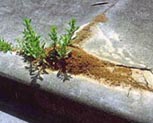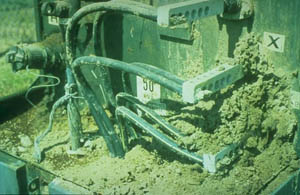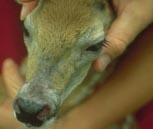Urban Impact
Nuisance
- Stings uncomfortable
- Fear of stings deter activities
- Invasion of stored food or home
Economics
- Reduced property values
- Structural damage
- Equipment (electrical) damage
- Damage to lawns, ornamentals and gardens
- Problems with pets (see domestic animals)

- Pesticide overuse
- Expense and time with use of non-effective products
- Expense and time for only temporary management

Agricultural Impact
Domestic Animals
- Death
- Blindness and veterinary expense
- Decreased animal quality (reduces weight gain, crippled)
- Damage to automatic feeding and watering equipment
Crop Economics
- Damage to or removal of seeds
- Damage to roots, tubers, stems, and fruits
- Tend (i.e., protect) Homoptera (sucking insects)
- Ants deter hand labor
- Incompatible with other forms of biological control
- Damage to irrigation systems

- Opting not to produce a crop/product due to fire ants
- Expenses due to control measures

Wildlife and Recreational Impact
- Damage seeds and alter plant assemblages
- Become dominate invertebrate predators
- Reduce invertebrate fauna
- Impact endangered species
- Interfere with hunting and fishing

- Reduce utilization of parks and recreation areas
- Reduce tourism

Source: Vinson, S.B. 1997. Invasions of the Red Imported Fire Ant. Amer. Ent. 43(1): 23-39.
Courtesy of The Entomological Society of America